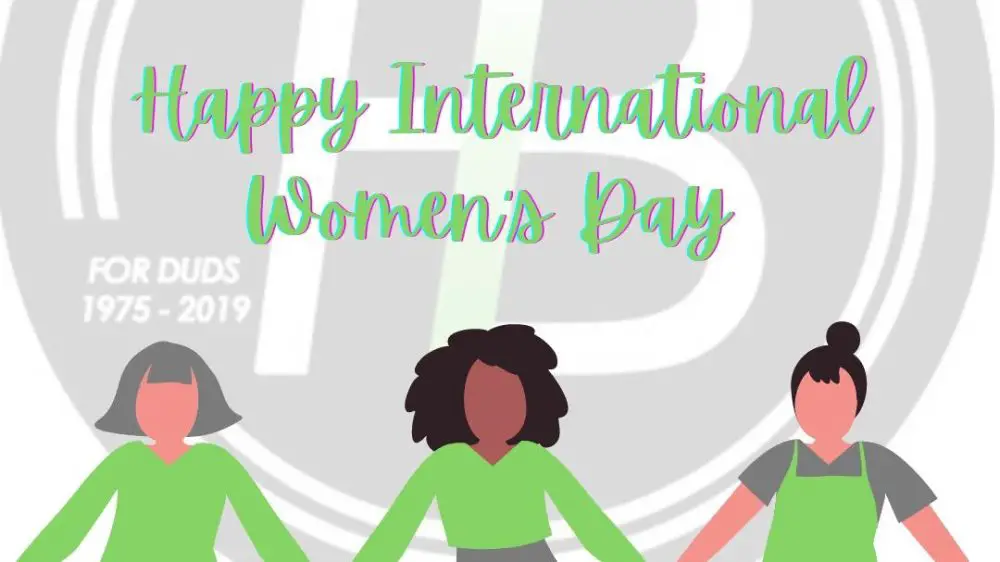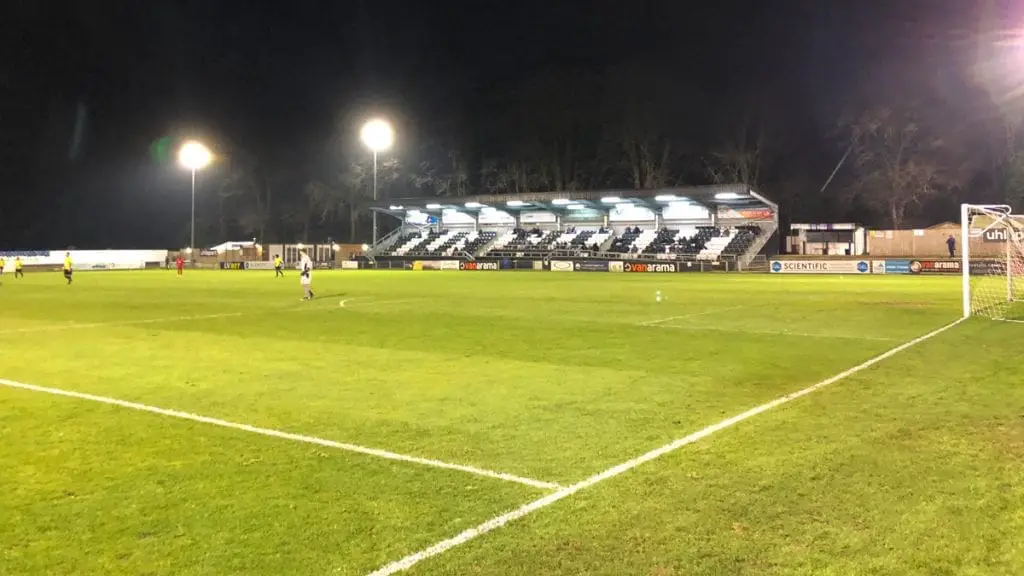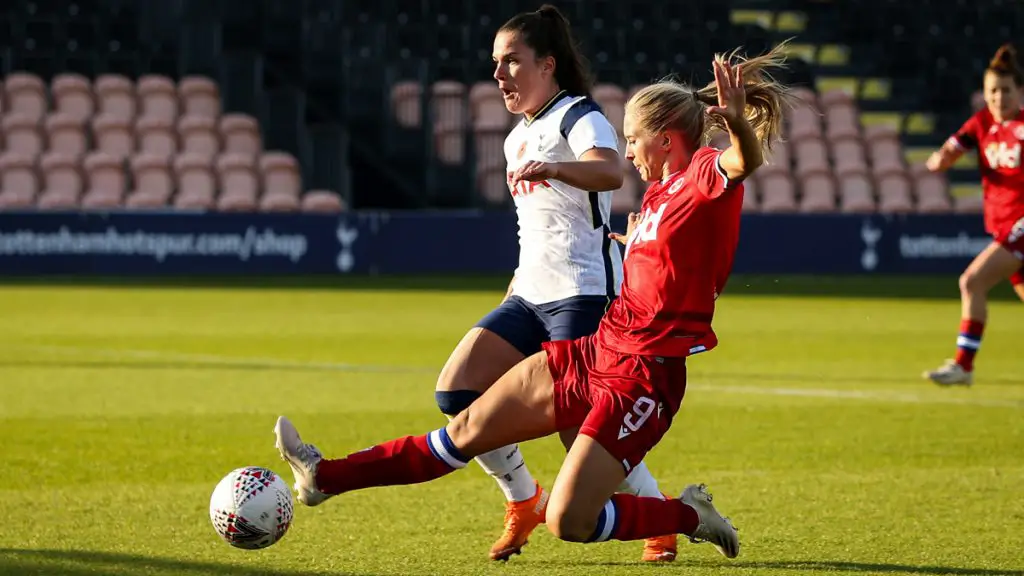
We took to Twitter to highlight figures in women’s football, past & present, from around the world and in our brilliant county of Berkshire on International Women’s Day.
Nettie Honeyball, the founder of the British Ladies Football Club (BLFC) way back in the 1895. Honeyball believed, “Football is a manly game that could be womanly as well’. More than 12,000 spectators attended the first ever BLFC game because of Nettie’s tireless advertising campaign.
Helen Graham Matthews, a Scottish suffragette and founder of Mrs Graham’s XI. Their first match, in 1881, drew a crowd of 1000 to Easter Road, Edinburgh. She was recognised in 2018 in the Scottish Women in Sport Hall of Fame.
Emma Clarke, believed to be the first ‘famous’ black female footballer in the UK. Like so many women she played football on the streets with friends in the same neighbourhood as Matthews. She made her debut for the British Ladies in 1895 and was known as a ‘fleet-footed right winger’.
Caversham Cricket Ground played host to the South & North teams of BLFC on the 15th of April 1895. They broke the attendance record of the previous visit by Luton Town. The Berkshire Chronicle reported that the South won the game 1-0. The team then travelled in the afternoon to the home of Maidenhead United men and women, York Road, to play each other once again. Honeyball and Graham featured for their respective sides. The game reportedly ended 4-4.

Despite a country-wide ban on women’s football between 1942 and 1979, Primavera FC in São Paulo, Brazil resisted this and continued to play until they ran out of resources and funding. Several feminist protests took place and the ban was lifted in 1983.
Jessie Maseko lead the way in trying to development women’s football across Africa. In 1962, she attempted to create a girls high school club but had little to no support from their Football Association. Regular matches took place between Senegal & South Africa at this time.
Alfred Franklin worked in the offices of the Dick, Kerr factory. In 1920 he arranged for the women of the Federation des Societies Feminine Sportives de France to come to England. They would play in Preston, Stockport, Manchester and London for disabled soldiers and sailors.
Alice Milliat, a pioneer of women’s sport & federation founder. “Football is not wrong for women. Most of these girls are beautiful Grecian dancers. I do not think it is unwomanly to play football as they do not play like men, they play fast, but not vigorous football.”
Pat O’Connor, dubbed the Godmother of Australian football founded the NSW Metropolitan Ladies Soccer Association in 1967. “I hope the girls playing now understand how hard it was for us back then, we worked hard, trained hard and fought hard for everything.”
In 1970, the Federazione Femminile Italiana Giuoco Calcio ran a ‘world championships’ style competition marking the resurgence of women’s football as bans began to be lifted across the world. It was run entirely without the involvement of FIFA.
The first international game is played on a football league ground in 1971 and takes place at Elm Park, Reading between England and Holland on the 9th November. 2,013 fans watch England win 1-0, the largest crowd ever for a women’s international fixture.
Ufuoma Babes, Pelican Stars and Jegede Babes, the most popular teams in Nigeria throughout the 1980 and 1980’s. The Ufuoma Babes produced the large majority of the Super Falcons, the national team who saw success in the CAFFANC, Women’s World Cup and the Olympics.
Not happy with a ‘World Cup’ name being used, FIFA called the women’s tournament, the ‘1st FIFA World Championship for Women’s Football for the M&M’s Cup’ in 1991. The ‘triple-edged sword’ of April Henriechs, Carin Jennings and Michelle Akers-Stahl lead the USA to victory.
We can’t talk USA and not mention Mia Hamm. A two time Olympic gold medalist, a two time FIFA Women’s World Cup champion and a two time Women’s World Player of the Year. She retired from the national team in 2004 with 158 goals in international competition. Legend.
Hope Powell was appointed as the first full-time coach for the England women’s international sides in 1998. Instrumental in so many ways, Powell could’ve had her own thread. A true trailblazer both on and off the field.
Lily Parr was the first woman to be inducted into the National Football Museum’s Hall of Fame in 2002, 24 years after death. 986 goals in a career which lasted 32 years and she beat the American Women’s Olympic team in a relay race in 1922. A pioneer.
An earthquake, tsunami, and Fukushima Diaichi nuclear catastrophe did nothing to stop the Japanese national team from winning the 2011 World Cup lead by Sawa Homare. 407.8 million people watched. Homare also led the squad to a silver medal at the 2012 Olympics.
The Barclays FA Women’s Super League comes to fruition in 2011. How does the pyramid work and how do our Berkshire teams fit in?

In 2019, the USA won the World Cup. 146 goals were scored in 52 matches. Ellen White, Megan Pinoe and Alex Morgan all scored 6 goals each. 1.1 billion people watch the tournament in total.
We’ve no doubt missed some important people but we hope you’ve enjoyed our whistle-stop tour of the inspiring people in women’s football history on this #InternationalWomensDay
One final thought to leave you with, “…the game of football is quite unsuitable for females and ought not to be encouraged.” we think not.
Who else do you think ought to be included? Let us know who we’ve missed!
Football in Berkshire has a Breaking News WhatsApp Channel where we’ll send you updates on all the latest football news from the Royal County. You can join Breaking Berkshire Football News by clicking here.
All the clubs we aim to cover on Football in Berkshire, from the West of the Royal County to the East.
Club News | Fixtures | Football News | Media | Results | Transfer News | Women’s Football
Away Days | Events | Fun Stuff | History & Nostalgia | In Depth | Interviews | Opinion
Ascot | Bracknell Forest | Maidenhead | Reading | Slough | West Berkshire | Windsor | Wokingham |
Counties: Berkshire | Buckinghamshire | Hampshire | Surrey | Oxfordshire
Privacy Policy | All content is copyright © Football in Berkshire 2016 – 2024 unless otherwise stated. Enquiries here. Powered by Nugent Burgers and the InBerkshire network
